Together with drawing, watercolour was most often the medium of choice for documenting the early years of settlement in Queensland, especially to depict the landscape, chosen for its ability to record fine detail, evoking atmosphere, and most favoured for its portability and convenience.
In this watercolour Farm landscape with colonial homestead 1888 Robert S (Saunder) Rayment (1839-93) captures an ordered and productive English-inspired Queensland landscape hewed from the surrounding bush thought to be in the area around Brookfield or Pullenvale, now rural residential sister suburbs 12km south-west of Brisbane. The work features the rolling hills of the area, however by the 1850s early loggers sought the rich timber reserves and the land was then subdivided and auctioned in the 1860s when early settlers moved in to farm a variety of fruit and crops, with dairying beginning in the 1880s. This enduring watercolour is now a rare record of a mid-nineteenth century Brisbane pastoral scene.
Robert S Rayment ‘Farm landscape with colonial homestead’

‘Fairview’ (built in 1875) at Brookfield
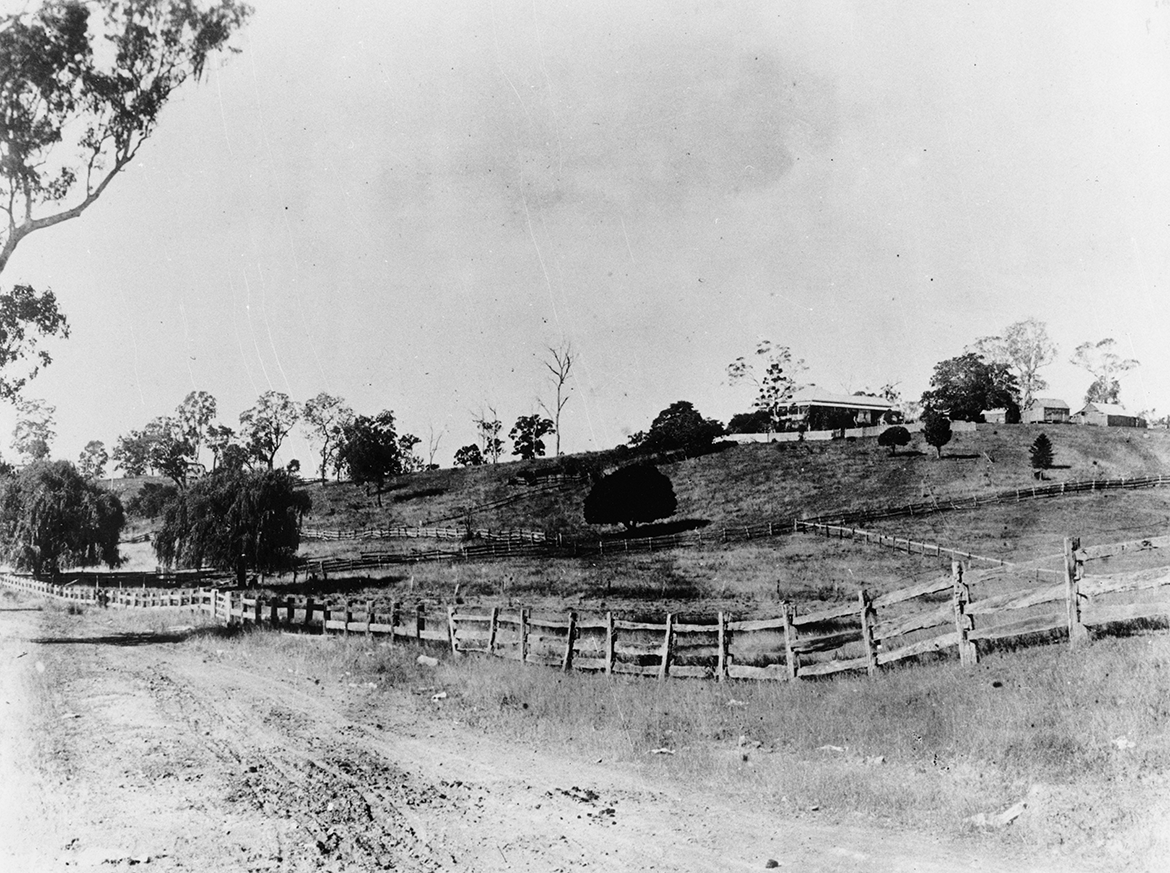
Farm workers at Pullenvale

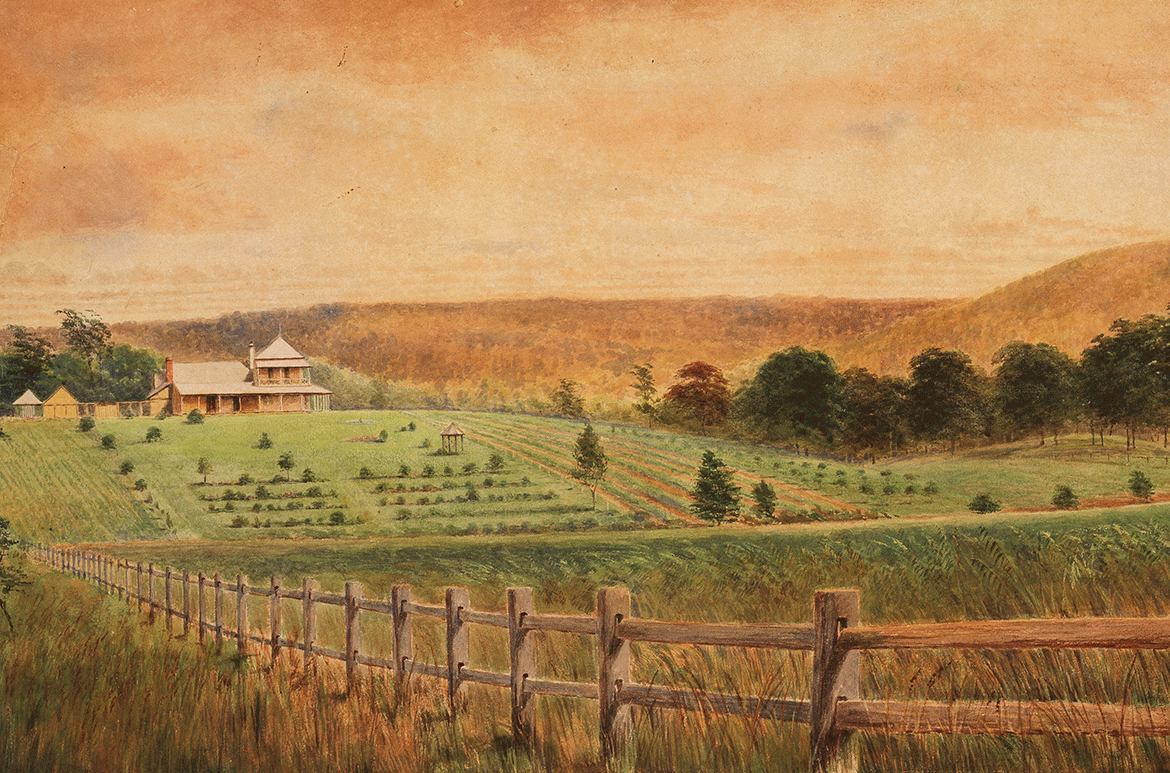
Robert S (Saunder) Rayment
Born in London, from an early age, Rayment showed a talent for painting, but in deference to his parents’ wishes, he studied law, and after obtaining his qualifications, he returned to his first interest — art. He was once a pupil of the influential English art critic and watercolourist John Ruskin (1819-1900), but little is known of his artistic career before he migrated to Australia with his family in 1887 and settled in Brisbane July of that year.
Rayment was determined to contribute to this new society, only a month after his arrival, he exhibited watercolours of local subjects at the Queensland National Agricultural and Industrial Association. The following year, among others, he also provided paintings for the Queensland Court at the Centennial International Exhibition, Melbourne in 1888. Rayment’s first two years in Queensland were spent travelling and painting clients properties. He painted numerous locations on the Brisbane River, as well as bush scenes in and around Brisbane, however his active career in Brisbane lasted just six years and very few of the artist’s works survive.
Robert S Rayment ‘Stanthorpe’
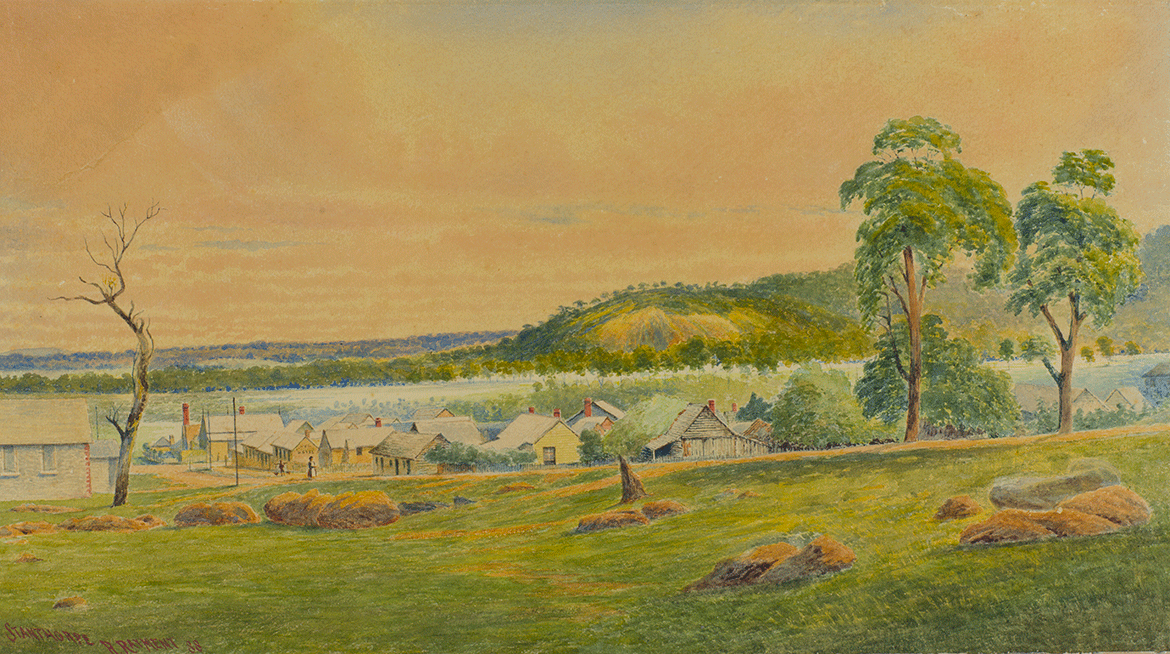
Robert S Rayment ‘Humpybong (Redcliffe)’

Robert S Rayment ‘Mount Coot-tha’

The beginning of Brisbane’s art and culture
Rayment exhibited his watercolours at the Royal Queensland Art Society, of which he was a member, and taught drawing at the Brisbane Technical College, and Brisbane Girls’ Grammar School. In 1890, he applied for a position vacated by JA Clarke (1840–90) as Head of the Art Branch at the Brisbane Technical College which was eventually awarded to R Godfrey Rivers (1858-1925).
RELATED: JA Clarke’s Panorama of Brisbane
DELVE DEEPER: R Godfrey Rivers Under the jacaranda
Rayment’s contemporary, JA Clarke is best remembered as a pioneer art teacher. In 1869–74 he was the only drawing teacher in Queensland Government schools and in 1881 he initiated art classes at the Brisbane School of Arts, and it was largely due to Clarke that the School of Arts classes became a Technical College in 1884.
Joseph Augustine Clarke ‘Panorama of Brisbane’

Towards the end of the nineteenth century, as the infrastructure of the Colony of Queensland improved and Brisbane began to acquire facilities usually found in much larger cities, formal institutions for teaching and education were established, and watercolour was an ideal medium to teach for its versatility. The Brisbane School of Arts opened, the Royal Queensland Art Society opened in 1887 as a result of the efforts of local artists Isaac Walter Jenner (1836-1902), Oscar Friström (1856-1918) and L.W.K. Wirth (1858 –1950), and the Queensland National Art Gallery (now QAGOMA) opened its doors in temporary premises in the old Town Hall on Queen Street in 1895, following advocacy by Jenner and Rivers.
Queensland (National) Art Gallery opened in 1895
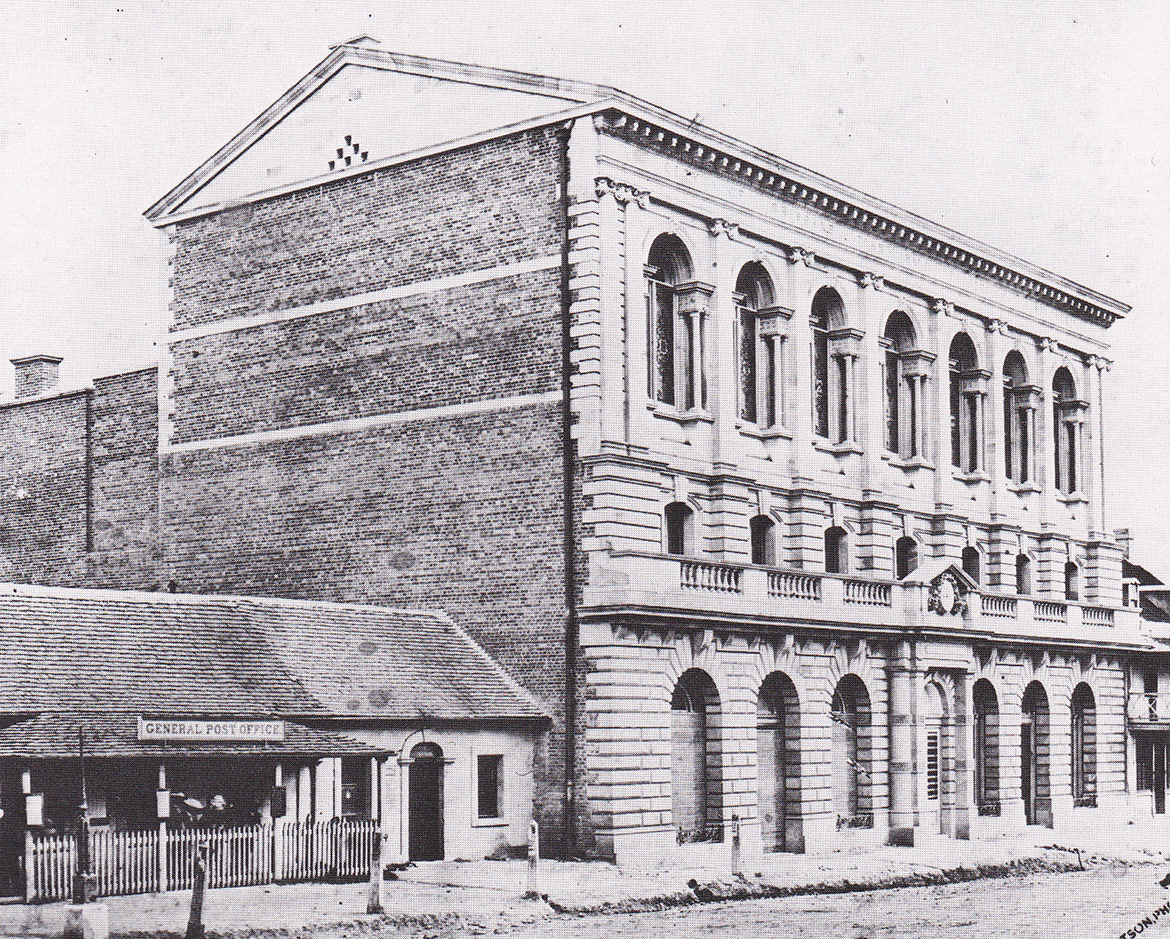
Isaac Walter Jenner ‘Brisbane’
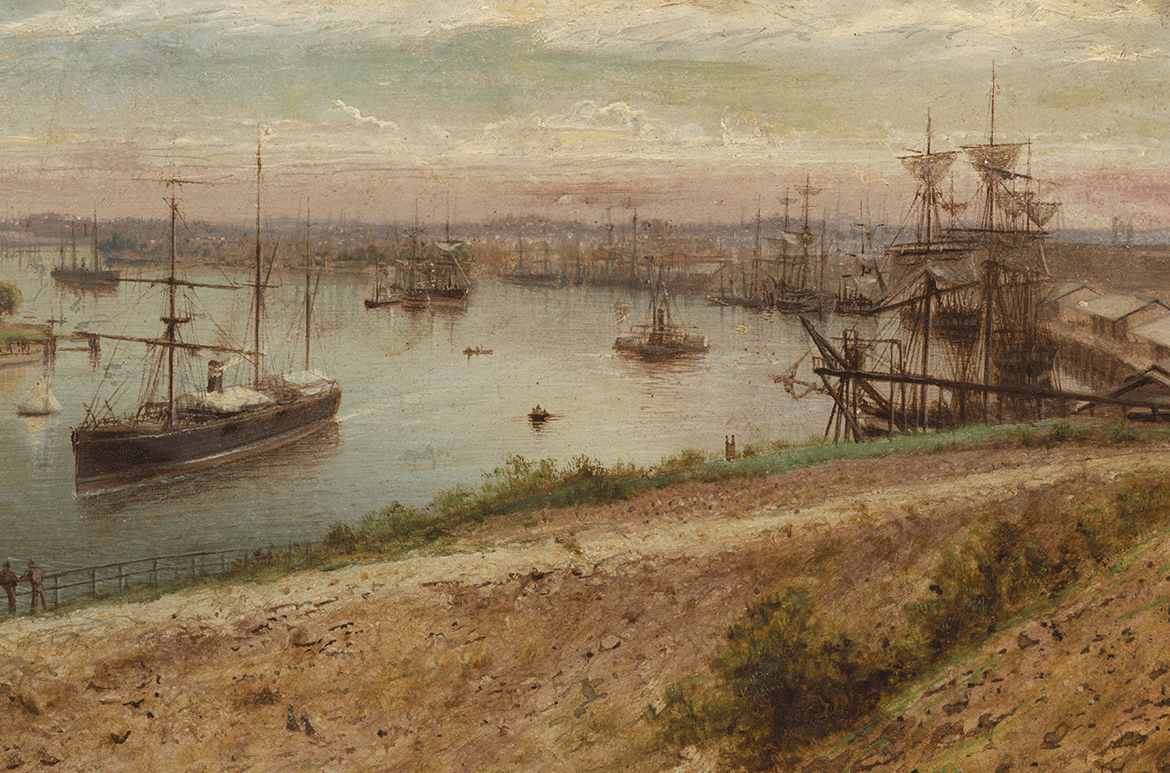
R. Godfrey Rivers ‘Under the jacaranda’
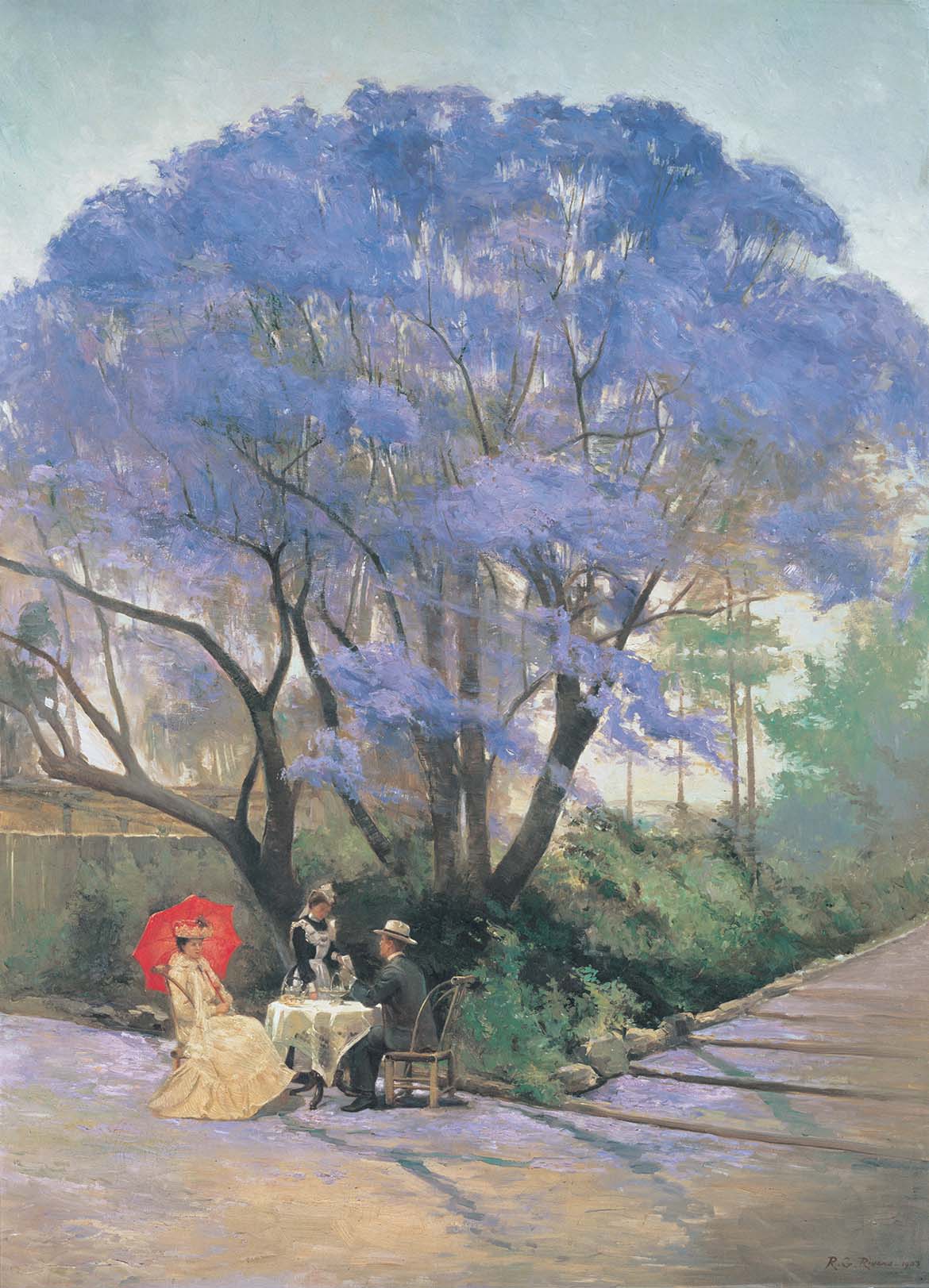
Curatorial extracts, research and supplementary material compiled by Elliott Murray, Senior Digital Marketing Officer, QAGOMA
#QAGOMA
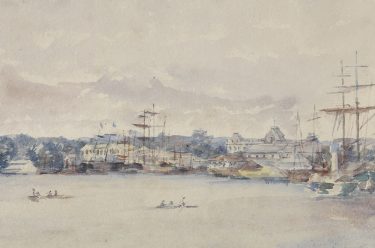
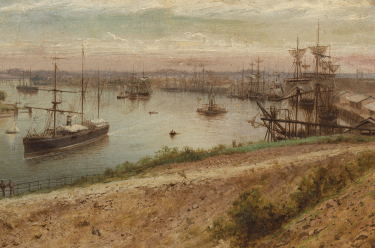
Amazing paintings!